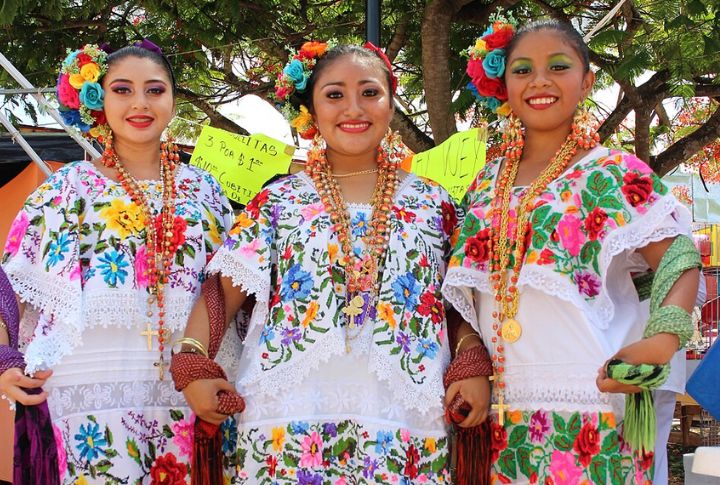
Traditional clothing carries meaning far beyond fabric and thread. In some cultures, it preserves ties to history; in others, it remains an integral part of daily life. The garments featured here are living expressions of identity, passed down with care and still present in homes, on the streets, in ceremonies, and everyday moments.
Kimono (Japan)
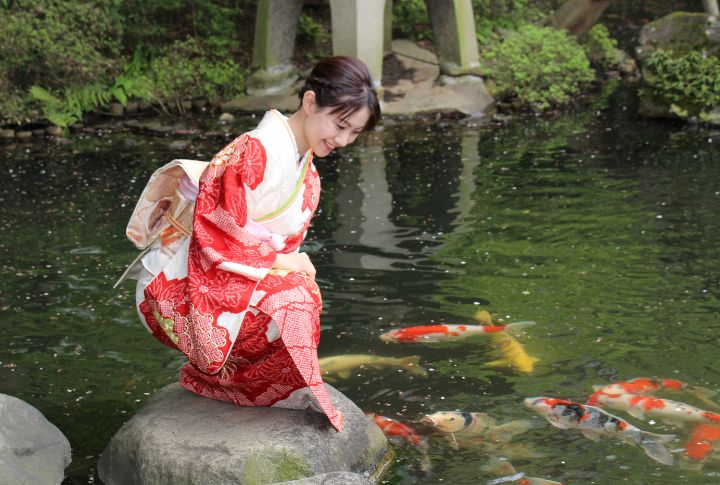
The kimono stands as one of Japan’s most enduring garments. Worn mostly for formal events, it may feature long sleeves or layered silk, with patterns that shift by season or social role. Although no longer part of everyday life, it still appears in settings where tradition is upheld and symbolism holds significance.
Sari (India)
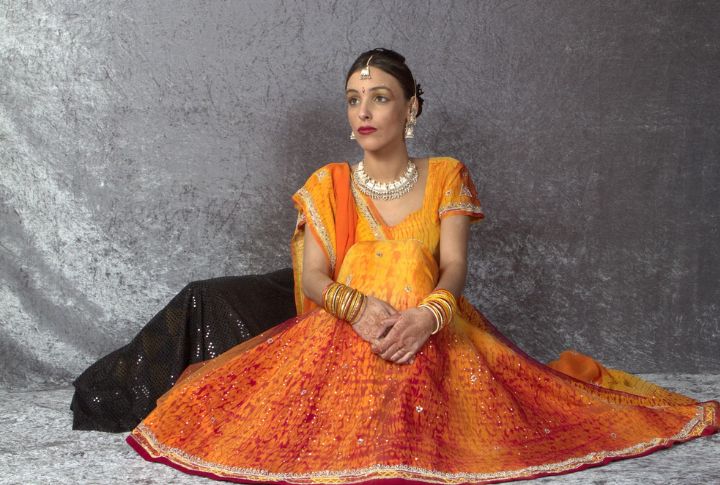
In many parts of India, the sari is a staple of daily life. It’s crafted from a single length of fabric, then wrapped and pleated by hand to create a tailored fit without stitching. The sari’s appearance shifts across regions, shaped by tradition, individual preference, or family heirlooms.
Bunad (Norway)
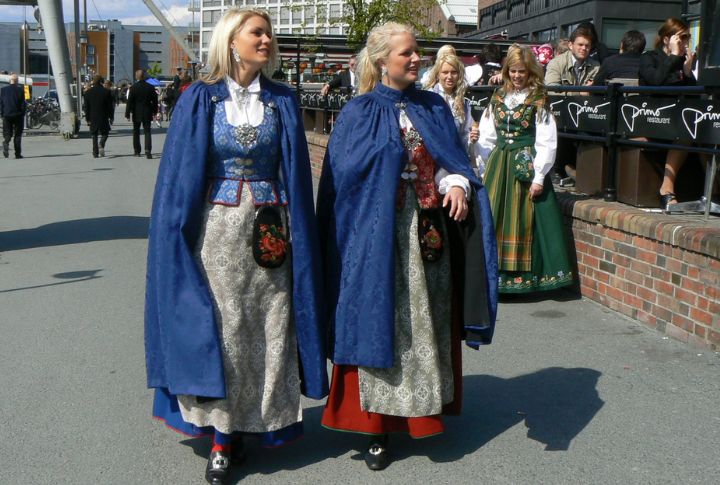
In Norway, the bunad is a traditional outfit that shows where someone’s family comes from. Its design follows local customs, with rules governing both the fabric and patterns used. Families keep them for years and wear them on special occasions to honor their roots and region.
Hanbok (South Korea)
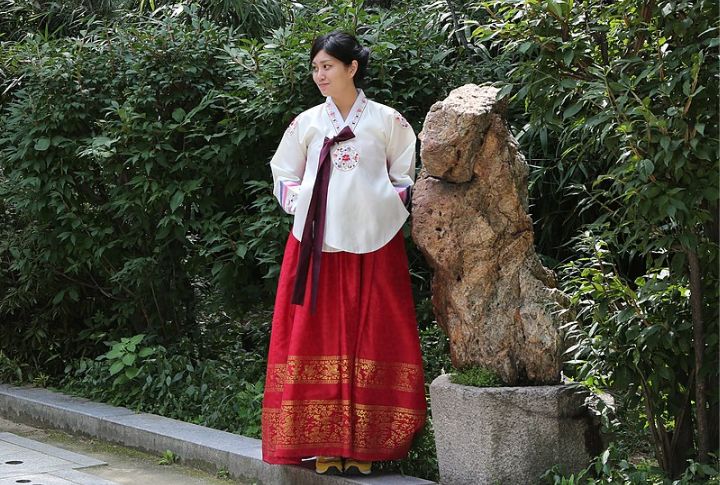
Some clothes stand out for their details, but the hanbok stands out for its shape. The wide skirt moves gracefully, and the short jacket adds a neat, elegant touch. Its design shows the Confucian values of modesty and balance that shaped Korean clothing for generations.
Cheongsam / Qipao (China)
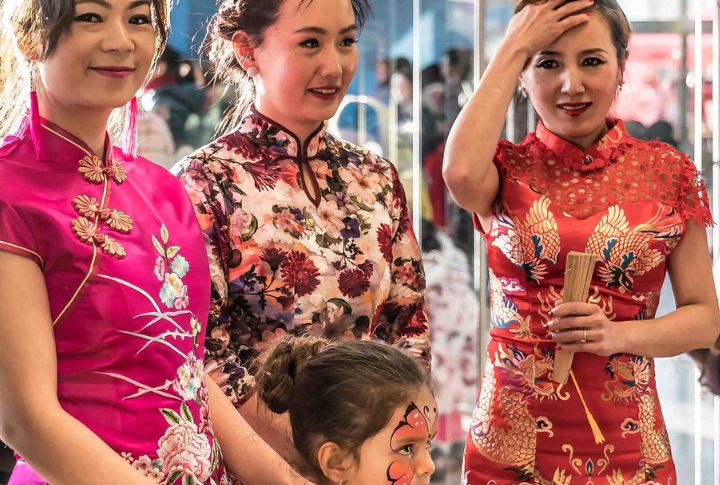
Form-fitting and made to accent movement, the cheongsam carries traces of Shanghai’s modern past. It may feature subtle silk detailing or adopt bold cuts that reflect changing tastes. Now reserved mainly for formal settings, the style still signals elegance shaped by one of China’s most enduring silhouettes.
Ao Dai (Vietnam)
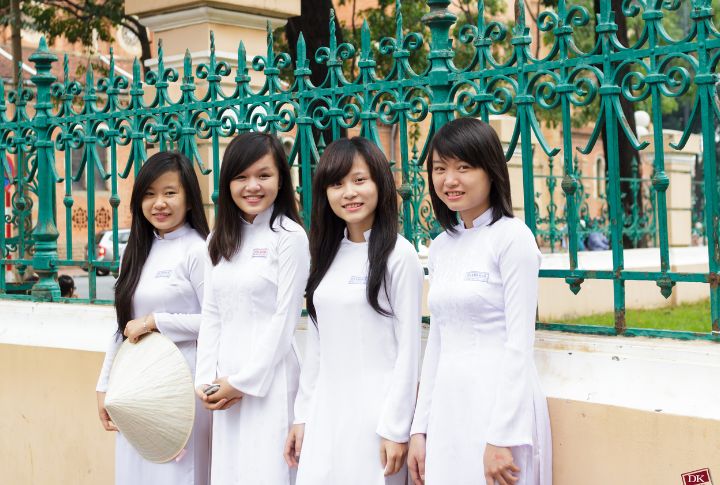
The ao dai pairs long panels with loose trousers to create a shape that moves easily but holds its form. This attire is worn in schools and at ceremonies that mark milestones. Because the design keeps adapting, it continues to reflect both modern identity and long-held cultural memory.
Kitenge (Kenya)
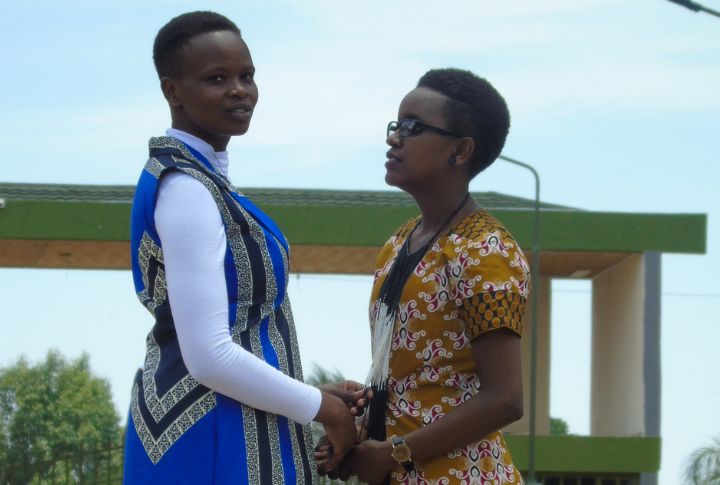
Across Kenya, the kitenge plays a central role in how people dress and express themselves. These fabrics are incorporated into various clothing items and worn in diverse settings, including political rallies, weddings, and other traditional events. The designs have created a visual code that remains instantly recognizable across generations.
Huipil (Mexico)
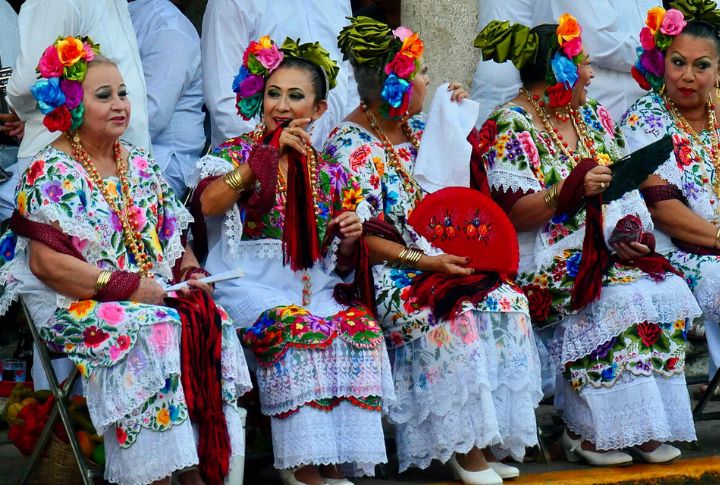
This handwoven huipil represents a living tradition among Indigenous communities in Mexico and Central America. Its construction follows techniques perfected over centuries, with patterns that reflect local customs and beliefs. Whether worn for ceremonies or daily life, it functions as a vital cultural emblem that preserves history through craftsmanship and symbolism.
Kaftan (Morocco)
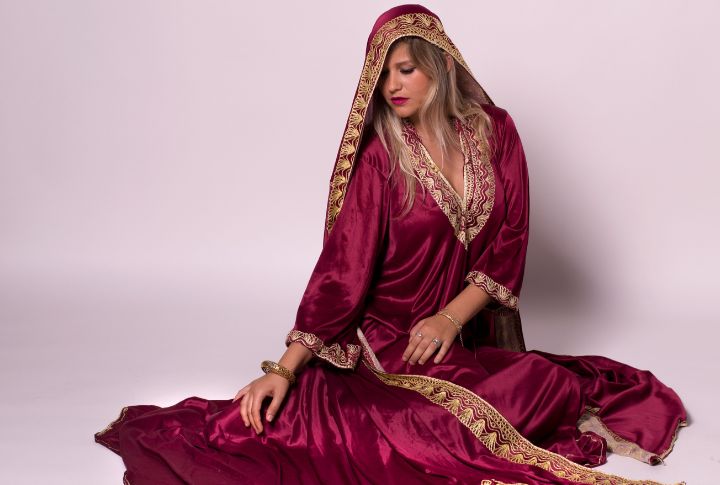
In Morocco, the kaftan blends personal style with cultural memory. Worn for weddings and family celebrations, it’s often made from velvet or silk and finished with embroidery that may reflect local techniques. Though styles change over time, the kaftan continues to signal formality and care in how a woman presents herself.
Dirndl (Germany)
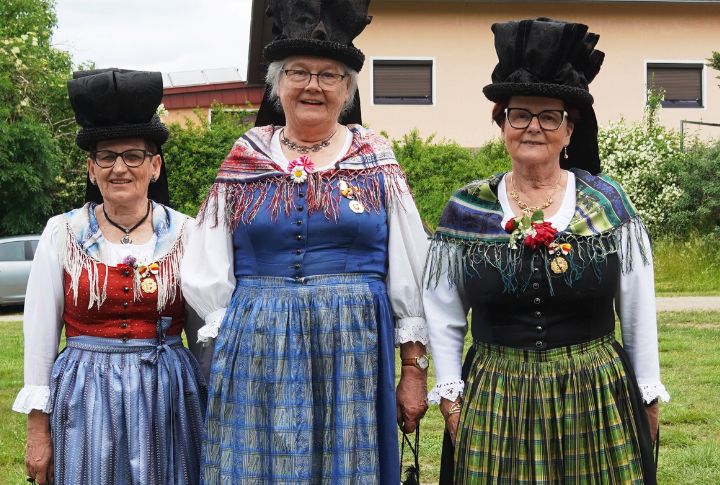
The dirndl began in rural communities as practical workwear. Soon, its purpose shifted, and so did its look. Regional styles introduced embroidery, fitted bodices, and patterned aprons. These changes made it more decorative without losing its core form. Today, it’s still worn during festivals and in places where tradition holds significance.

